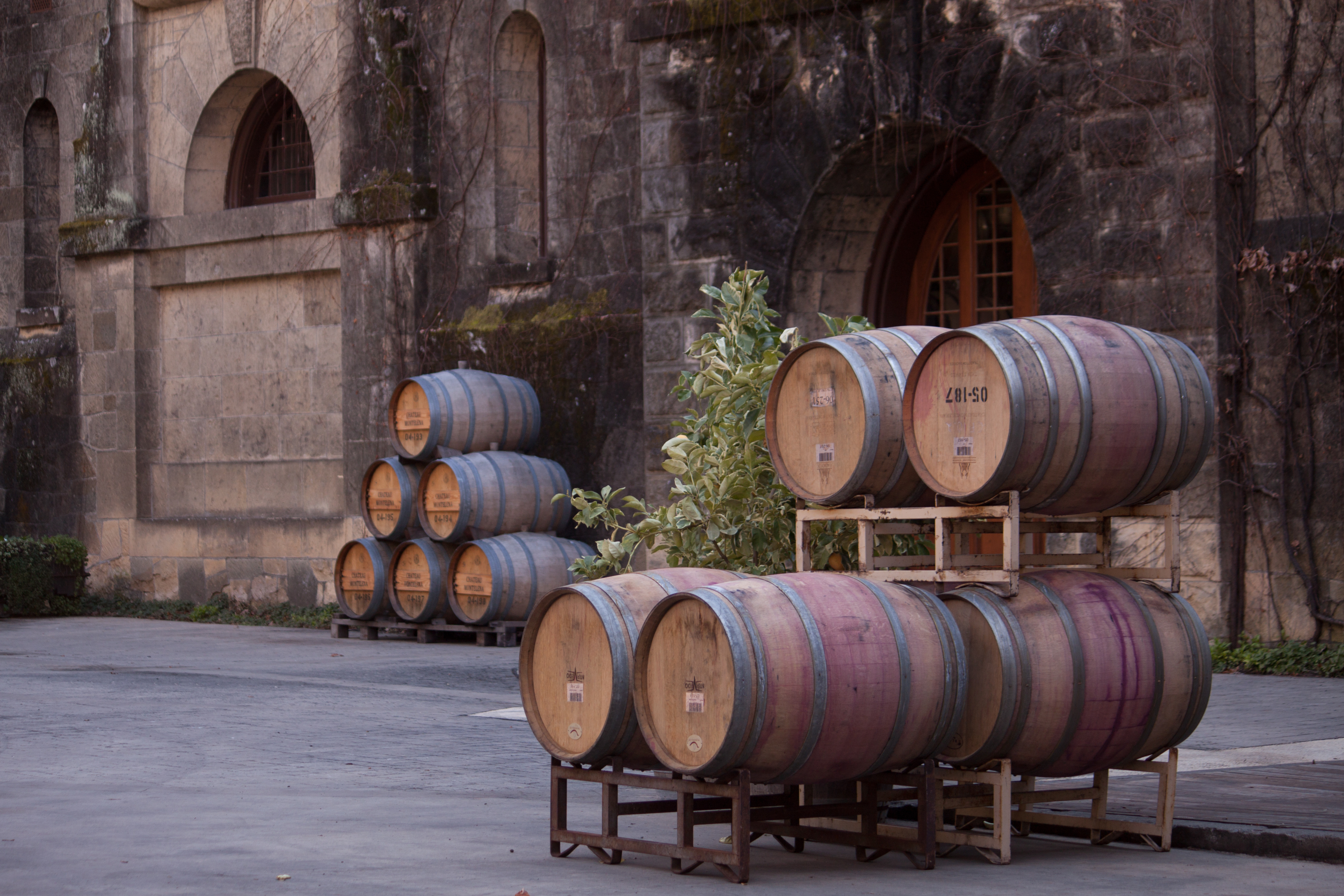When you buy a bottle of Champagne, Bordeaux, Burgundy, or any other French wine, there is a governing body that oversees the labeling and production standards to guarantee the finest provenance for the labeled product. That body is the Appellation d’origine contrôlée, or more simply, the AOC.
The idea for the AOC is rooted in the concept of terroir, the sense of place that is unique to products grown or manufactured in a specific region due to its microclimate and soil composition just to name a few factors.
Whether it’s the DO, DOC/DOCG, AVA, QbA (the list goes on…), they have all essentially been modeled upon the AOC in that terroir is the driving force to delineate and give name to designated growing areas.
The AOC is not isolated to wine in France, they also oversee cheese designations, agricultural products (the famous Espelette chili anyone?), Lamb, Poultry, Butter and even Lavender. This is not a comprehensive list by any means as there are a number of other products they oversee, such as spirits (Cognac, Armagnac, etc…).
With regards to the labeling of AOC wines, barring the Alsace region of France, the grapes are never listed on the label, just the area of origin. Hence buying a Champagne, Bordeaux, or Burgundy.
While those are the three most-widely recognized with regards to French wine, a more comprehensive list of the major designated land areas of the AOC is as follows:
- Bordeaux – split into the Cab-dominated left & Merlot-dominated right banks by the Garonne River
- Burgundy – global champion of Pinot Noir and Chardonnay
- Champagne – same as above, just bubbly
- Alsace – the only French AOC region who labels with the grape in print
- Beaujolais – known for their Nouveau-styled wines, the first of the harvest to hit markets every year
- Côtes du Rhône – the origin of the modern GSM craze in the new world
- Languedoc-Roussillon – holding the oldest vineyard sites in France dating back to the Greeks
- Provence – global heritage site of Rosé – not really, but essentially
- Loire Valley – Sancerre anyone?
- South-West – home of Armagnac
- Corsica – basically if France & Italy had a baby
It is worth noting that the AOC shows no fear globally of getting litigious, a perfect example being “Champagne” as a namesake used on sparkling wines outside of France. If you made a “Champagne” today, expect a lawsuit, and quickly. Now with that said, there are a few producers in the US that can still work around that law due to a loophole in The Treaty of Versailles.
Long story short, prohibition was hitting the US at the time, so the French saw no issue with dealing blows to the belly-up US wine industry at the time and instead were focused on Germany and the like labeling their sparkling wines under the name “Champagne.”
Post-prohibition saw wineries that were still using labels like “Champagne” “Burgundy” and “Chablis” in California, and due to the loophole, anyone producing under these titles could continue to do so unless a new label was produced post-2006. So if you always had done it as such, carry on. If you were new, you had to play by the new rules. Clearly the French are still very unhappy about this, but such it is for now. Carry on, Cooks & Korbel!
Now don’t think for a second that winemakers can start making “Chianti” in California or “Priorat” in Washington, but none will come down faster, harder, or more outright angry than the AOC.
The wrath of the AOC isn’t solely isolated to foreigners. Within the country if you are producing cheap wine in the south and labeling it as “Châteauneuf-du-Pape” you better believe your getting sued to high-heaven. The AOC goes to great lengths to assure the item you hold is exactly where it says it’s from.
Now you might be wondering why would they go through all this trouble to keep things with labels and naming super tight? Especially when they don’t even list the grapes on the bottle?
That is another part of what the AOC oversees and holds in the highest regards. Each growing area is only able to grow certain grapes. Generally speaking, older houses may have additional growths they are allowed to use, but if they ever pull the vines out, there is no going back. From this, you as a consumer are expected to know, because of the AOCs hard efforts and litigious nature, that Red Burgundy is Pinot Noir, or Left Bank Bordeaux is a Cab dominated blend, or white Sancerre is Sauvignon Blanc. Want a small curveball? Red Sancerre…
Pinot Noir!
Bear in mind, there (like always) are exceptions to the rules, but we will get into that much later in the Understanding AOC series.
That said, in this series, we will explore in a little more detail the above regions, their major sub-designations, and of course the grapes that dominate the regions to assist in your import aisle purchasing and dinner party knowledge. It can seem daunting or confusing, but believe it or not, France is quite easy in comparison to other European wine countries and their designations, as you will soon see.
Understanding AOC Series:

